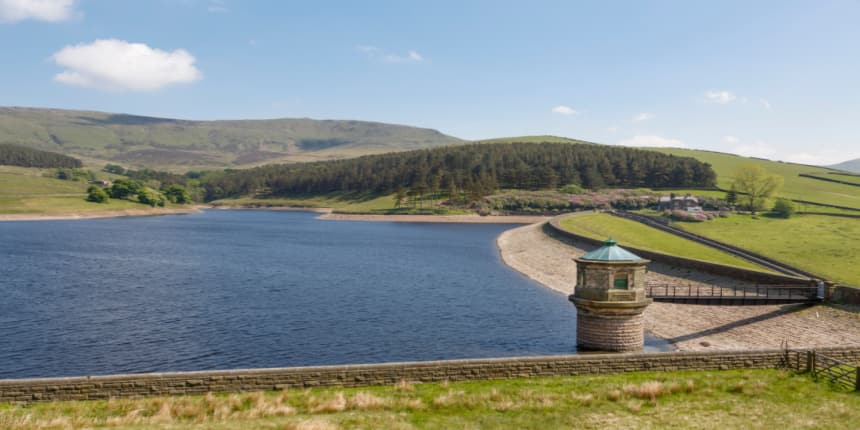NRDWP Full Form
What is the full form of NRDWP?
The full form of NRDWP is National Rural Drinking Water Program, an initiative backed by the government, was started in 2009. Learning about NRDWP is crucial because the water crisis is a well-known problem. In April 2009, after making changes to the Accelerated Rural Water Supply Programme (ARWSP) and incorporating former sub-missions/schemes, the Government of India introduced the National Rural Drinking Water Programme (NRDWP).
- About NRDWP
- National Target
- Finance For NRDWP
- Components Of The NRDWP
- Program Execution

About NRDWP
In 2009, the National Rural Drinking Water Programme (NRDWP) was established.
It sought to make clean drinking water available to all rural habitations, government institutions, and Anganwadi.
It aspires to sustainably supply every rural resident with safe, sufficient water for drinking, cooking, and other home requirements.
A 50:50 fund-sharing arrangement between the Center and the States is provided.
Up to March 2020, the program operated concurrently with the 14th Finance Commission.
Additionally, it sought to pipe 55 liters of drinkable water per person per day to 50% of the rural population.
Additionally, it aimed to provide 35% of rural homes with household connections.
National Target
To sustainably supply every rural resident with enough clean water for drinking, cooking, and other home requirements. This fundamental demand should be available always and under all circumstances, fulfill minimal water quality criteria, and be easily and quickly accessible.
Finance For NRDWP
The Central and State Governments split the costs of implementing the NRDWP as a centrally sponsored scheme.
It has been determined that the Center and the States would split the program's implementation costs 50/50.
The reform and continuance of the program were recently authorized by the Union Cabinet.
Components Of The NRDWP
The components of the programme on which all monies, with the exception of the allocated 5% Water Quality and 2% Natural Calamities fund, will be used are as follows to address the developing difficulties in the rural drinking water sector linked to NRDWP availability, sustainability, and quality:
COVERAGE for giving unserved, partially served, and slipped-back habitations a safe and sufficient water supply.
SUSTAINABILITY to persuade States to attain localised drinking water security.
To communities with poor water quality, provide potable drinking water.
OPERATION & MAINTENANCE (O&M) for spending on operating, repairing, and replacing costs of projects supplying drinking water.
Activities for Water Quality Monitoring and Surveillance (WQMS) and SUPPORT.
Program Execution
Due to implementation flaws, including incomplete, abandoned, and non-operational works, unproductive equipment spending, non-functional sustainability structures, and gaps in contractual management, the NRDWP was unable to meet its goals, incurring a total cost of Rs 2,212 crore.
Surface water-based projects received little attention, and 98% of all projects, including those using piped water, remained to be dependent on groundwater supplies. The Comptroller and Auditor General (CAG) also pointed out that most states' operation and maintenance plans were either incomplete or had flaws. As a result, several schemes stopped working. To guarantee that work is completed on schedule and by contractual requirements, the CAG advised emphasizing effective work and contract management. Contractors should be held accountable for delays, and penalties should be applied.
Frequently Asked Questions (FAQs)
The National Rural Drinking Water Program (NRDWP) 2009 was an initiative supported by the federal government with the goal of ensuring that all families had access to enough clean drinking water on-site and made the most of it.
Inadequate water quality for drinking. Due to the effects of low income, technical solutions, community internal management, water contamination from agricultural chemicals, industry, and waste disposal, rural people have limited access to pure drinking water.
In April 2009, the Government of India modified the Accelerated Rural Water Supply Program (ARWSP) and introduced the National Rural Drinking Water Programme (NRDWP).
In order to provide States and Union Territories with 100% grants-in-aid for the implementation of drinking water supply schemes in villages, the Accelerated Rural Water Supply Programme (ARWSP) was established in 1972–1973.
The Ministry of Jal Shakti began the initiative, focusing on 1592 strained blocks across 256 districts.